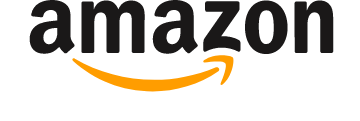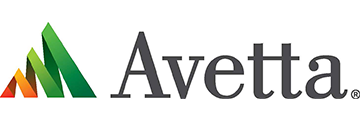
It was 1990, and the European directives on safety and health at work were coming into use. Kathy A. Seabrook, CSP, CFIOSH, EurOSHM, now the president of Global Solutions Inc., was an American expat working in the U.K.
“That started everything,” she says. “It was the foundation of my perspective on managing global safety and health.”
When she moved back to the U.S., she brought her unique ideas and experiences to the American Society of Safety Engineers (ASSE), now the American Society of Safety Professionals (ASSP), and networked with her likeminded international colleagues. Conversations between Seabrook and her peers naturally gravitated toward finding solutions for international issues.
“We realized that no one was really talking about this global perspective on how you manage occupational safety and health,” she continues.
That group eventually became the Society’s International Practice Specialty. To this day, its goal is to promote those conversations and make it easier for safety professionals to learn from one another.
“At the end of the day, what we all do is about getting people home safely and healthily to their families,” she says. “And with the rise of economic globalization, it’s more important than ever to cultivate a global mind-set.”
Good Safety and Health Practices Are Good Business
For more than 20 years, Seabrook has worked to help multinational companies understand how managing safety and health risk for their workers aligns with their business strategy and values. She has long recognized the need for safety professionals to show corporate leaders the powerful relationship between taking care of workers and earning a profit. As chair of the Center for Safety and Health Sustainability (CSHS), Seabrook is helping organizations see the business value of integrating OSH metrics into corporate performance and reporting.
“Customers want to buy products and services from sustainable businesses, or those with an eye on the future,” she says. “When companies publicly disclose OSH metrics that show they’re invested in mitigating risk and caring for people, property and the environment, the market responds.”
Corporate stakeholders are also interested in what it takes to be listed on the Dow Jones Sustainability Index in the U.S., according to Seabrook, or in other places where they can show they’re ahead of their competitors. The investment community is paying greater attention to OSH as a material risk, and it can significantly affect an organization’s performance and bottom line.
“Another piece of this,” she says, “is that companies are starting to realize when they are mindful and create a safe and healthy environment for their workers, their workers give back discretionary energy to do a lot of other things better as well. Happy workers feel cared for, and they are more innovative, productive, make better decisions and create new opportunities for organizations.”
International Systems and Standards Are Driving Important Change
How do global businesses with successful safety performance manage risk and ensure compliance with government regulations across borders? The first step is to understand each country’s laws and develop a consistent, organization-wide system and process to address them. The second step is to institute and educate workers about the system and process across borders, often in multiple languages. Seabrook has learned over the years that while both steps are easier said than done, it is possible to make great strides by letting international standards lead the way in taking a risk-based approach to managing worker safety and health globally.
“The best way to manage risk around the world is through a consistent, leadership-driven, worker-engaged management system,” she says. “It could be one that an organization has developed, or it could be a published standard, such as ISO 45001 or ANSI Z10.”
Seabrook is part of the U.S. delegation for the ISO 45001 technical committee. She is proud of what that group has accomplished through a global consensus process, and what the standard can accomplish globally. However, she says a company’s decisions surrounding registration or certification to management system standards are primarily driven by customer requirements. The important thing is to implement a system that addresses the legal requirements of each nation in which a company does business and helps that company meet or exceed its occupational safety and health objectives.
“The management system concept is so important because it is helps a business proactively reduce OSH risk and supports a continual improvement culture,” Seabrook continues. “That culture includes leadership commitment and worker engagement. ”
Global Businesses Must Look Forward and Backward
Every business is unique. Creating a sustainable methodology for reducing risk begins with acknowledging that basic fact, Seabrook says.
“Levels of risk and control are very company-specific. A multinational pharmaceutical company, chemical manufacturer, light manufacturing company and call center will have very different safety and health challenges.”
That is why, as organizations measure their success against their results, many are seeing long-term value in being proactive and reactive about addressing hazards and risks.
“This means identifying hazards and assessing risks before an incident happens,” Seabrook says.
But reacting to incidents is important also. That’s why OSH professionals need to look at the type and nature of injuries and illnesses, near-hits, and incidents with serious injury and fatality potential.
Effective global safety and health management excellence answers this question: “How well are we reducing OSH risk so our people can live safe and healthy and lives?”
Learn to manage risk around the world at SafetyFOCUS. Register now.



